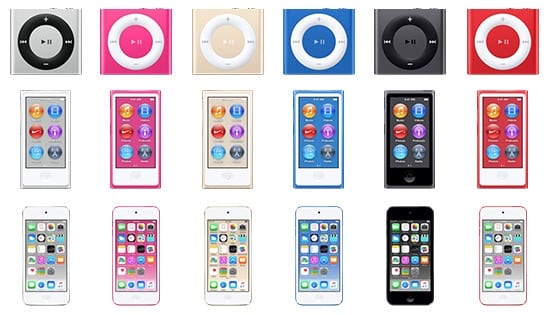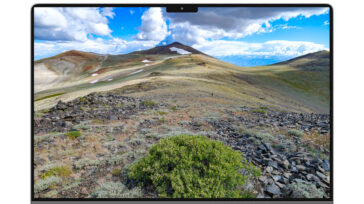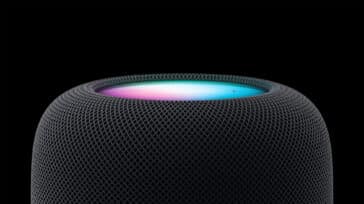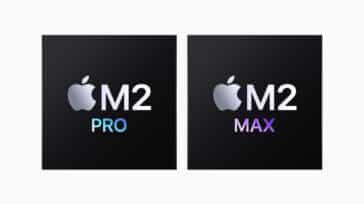
This morning’s announcement of a sixth-generation iPod touch was important not just for the fact that there’s now a 128GB model that almost matches the 160GB maximum capacity of the discontinued iPod Classic, but for what a new CPU and motion coprocessor add to the new device.
Bumping the iPod touch processor from the dual-core A5 to the dual-core A8 that’s used in the iPhone 6 and 6 Plus makes a significant difference in the device’s ability to be used as a gaming platform. That’s because Apple’s new Metal technology works only with the A7 and A8 chips. Metal provides a way for game developers to “squeeze maximum performance” from the chips, allowing the CPU and GPU to work together in a highly-optimized manner.
What that means for mobile gamers is that they now have a platform with a 4-inch Retina (1136 x 640 pixel at 326 ppi) display that can play the latest 64-bit iOS games and is available for as little as $199. Once iOS 9 is out and developer have had a chance to get familiar with the nuances of Metal, there should be some fast and spectacular games showing up in the App Store.
The addition of the M8 Motion Coprocessor to the iPod touch is also a big win. Previous versions of the iPod touch didn’t include this chip, which now gives the media player sophisticated step tracking capabilities. This means that the iPod touch should work well with Apple’s Health app and other step tracking apps.
The M8 is also used with the Camera app to help provide digital image stabilization. Coupled with the new 8-megapixel iSight rear camera that’s capable of shooting 1080p HD video at 30 frames per second, the new iPod touch certainly improves on the photographic capabilities of the flagship iPod.
The iPod line hasn’t been lavished with the annual attention that the iPhone receives. Today’s hardware update to the iPod touch insures that the somewhat-neglected platform has a chance to stay around for at least a few more years.










I like it.